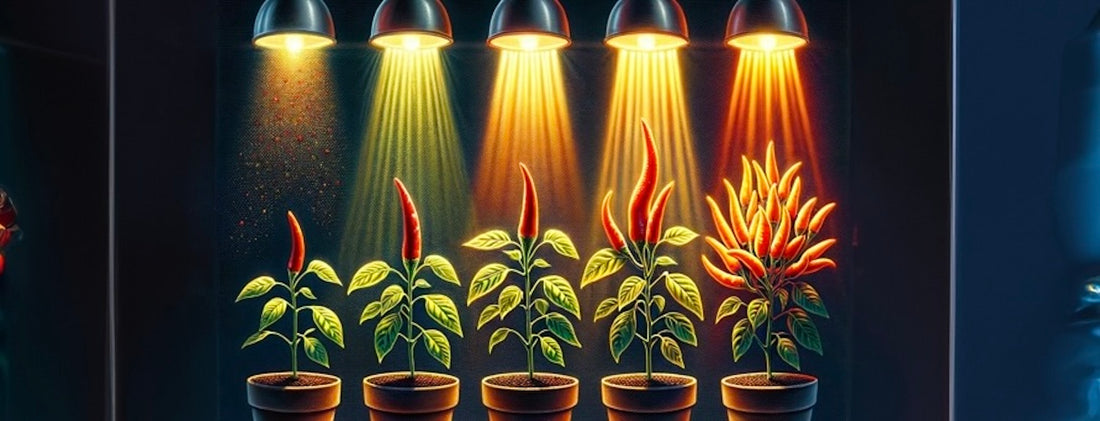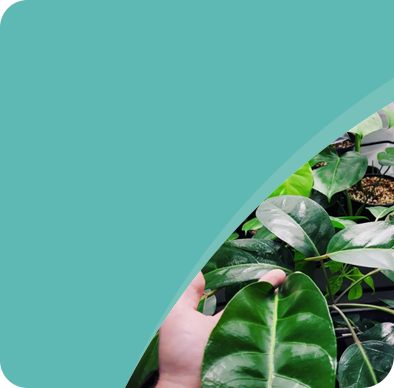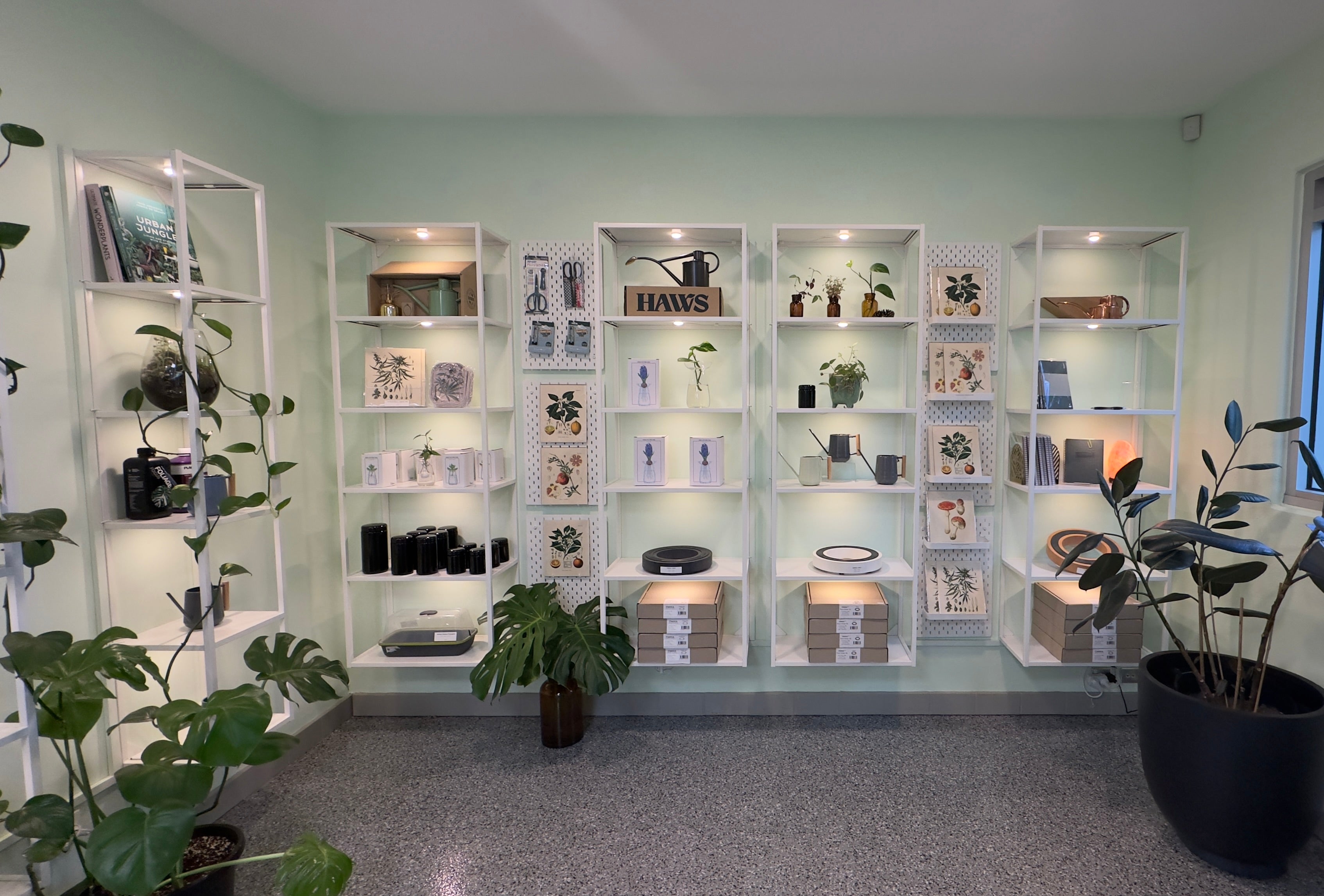Here is a neat guide from our friends at Apogee Instruments on the optimal light values for various crops.
Many of our customers using full spectrum LED grow lights like the Lumatek LEDs or the SANlight LED EVO range have asked us to provide some basic information on light levels required by specific crops.
Please note: To make use of this guide and its information, you will need a method to measure your light levels in your grow room. One of the best ways to measure your light levels would be using a quantum meter such as an Apogee Instruments one. Alternatively you can try our budget light measuring methods found here.
Plants absorb radiation mostly in the 400-700 nm visible range and convert CO₂ uptake and water into oxygen and glucose.
The amount of absorption in each wavelength depends on the cellular structure of the plant and may differ from species to species.
Another important parameter is Daily Light Integral (DLI) which is defined as the total number of photons impinging per square meter in one day.
DLI is measured in units of mol/m².d and each plant has a specific requirement of DLI for its growth.
Values ranging between 6-18 mol/m²/d are common depending on the particular plant.
There is a relationship between PPFD and DLI which is given by:
DLI = PPFD x light hours per day x (3600/1,000,000).
You can see from this formula that there is a trade-off between PPFD and number of light hours required to achieve a certain DLI value. If there is a certain amount of natural lighting available for a green-house, it has to be subtracted from the original DLI value for proper artificial lighting fixture calculations. Taking into account the DLI, PPFD and number of light hours per day, you can calculate the total number of fixtures required in a green-house to illuminate the crops.
Note: If you push the maximum light levels you'll need to give your plants a little bit more hydroponic plant food. When they are exposed to more light they will need more nutrients.
Calculation from DLI to PPFD
12 moles / 16 hr photoperiod / 60 minutes / 60 seconds = 0.000208 moles
(This gives us the amount of moles delivered per second per square meter)
0.000208 moles x 1,000,000 = 208 µmols per second per meter squared (µmol/sm²)
As a rule of thumb below values can be taken when your crops are not specified
Greenhouse
Vegetative Growth (Leafy Greens/Herbs): Minimum 17 mol/m²/d
Flowering Crops (Peppers/Tomatoes): 20-40 mol/m²/d
Indoors
Microgreens: 6-12 mol/m²/d
Vegetative Growth (Leafy Greens/Herbs): 12-17 mol/m²/d
Flowering Crops: 15-40 mol/m²/d
|
What light level for what type of crop? |
|||
|
Plant |
Min (μmol/s.m²) |
Max (μmol/s.m²) |
Typical (μmol/s.m²) |
|
Tomato |
170 |
350 |
230 |
|
Pepper |
120 |
300 |
180 |
|
Cucumber |
120 |
350 |
230 |
|
Cannabis Vegetative growth |
350 |
550 |
500 |
|
Cannabis Flowering |
650 |
1,150 |
950 |
|
What light level for what potted plant? |
|||
|
Plant |
Min (μmol/s.m²) |
Max (μmol/s.m²) |
Typical (μmol/s.m²) |
|
Orchid / Phalaenopsis |
80 |
180 |
110 |
|
Dendrobium |
130 |
350 |
195 |
|
Bromeliad |
40 |
120 |
90 |
|
Anthurium |
60 |
130 |
90 |
|
Kalanchoe |
60 |
120 |
90 |
|
Potted chrysanthemum |
40 |
80 |
50 |
|
Potted rose |
40 |
120 |
50 |
|
Geranium |
40 |
90 |
50 |




